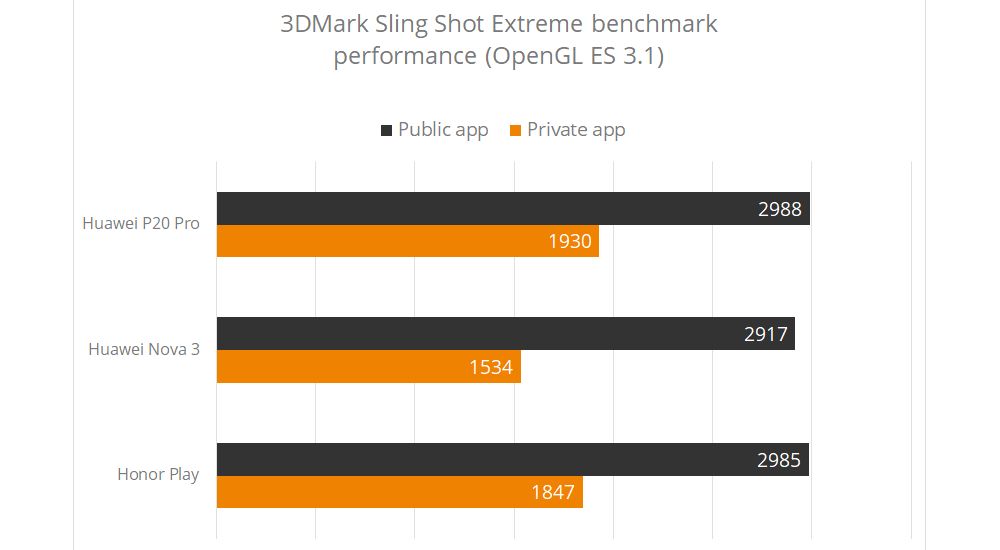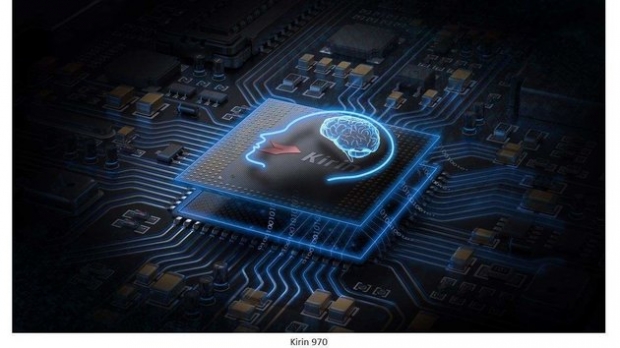Fudzilla worked and has been close to Futuremark and later UL over the years as really paying attention to the GPU side of the market, so we are not surprised that it took strong action and delisted the phones. This was confirmed to us by Jani Joki, a Director of Engineering at UL.
The cheating is ridiculously obvious as all it takes is to take a private app, something that Huawei could not optimize or detect, and run it to find the scores are up to 47 percent slower. The detected normally installed 3Dmark would score up to 47 percent faster than the actual score. It was always suspicious how Kirin 970, with Mali G72 GPU which has 12 executing units, could score that high. Now here is your answer.

After Anandtech's original report conducted by two industry veterans Andrei Frumusanu & Ian Cutress, UL decided to retest and delist Huawei P20 Pro, P20, Honor Nova 3 and the latest Honor Play. Pretty much everything that has the Kirin 970 SoC has been cheating and the same pattern also affects the very popular GFX bench too. Instead of using the phone normal 3.5 to 4W TDP in the adjusted version of the benchmark Kirin 970 SoC based phones were using 6W and for example in T-Rex reaching notebook like TDPs of 8.5W.
Huawei SW president admitting cheating and claim others do too
Dr. Wang Chenglu, President of Software at Huawei’s Consumer Business Group said to Ian that others do the same testing, get high scores, and Huawei cannot stay silent is astonishing. Not only that it was caught in the act, it had a senior executive confirming the dishonest and misleading behavior.
According to UL and 3Dmark, Huawei is using the hidden "Performance Mode". The 3DMark app is recognized by name rather than adapting to the type of work in the test which is forbidden by rules for manufacturers. In other words, this is called cheating.
Yours truly is working with UL to get some independent data and things are not looking good for Huawei but we won't jump to any conclusion until we do further testing.




